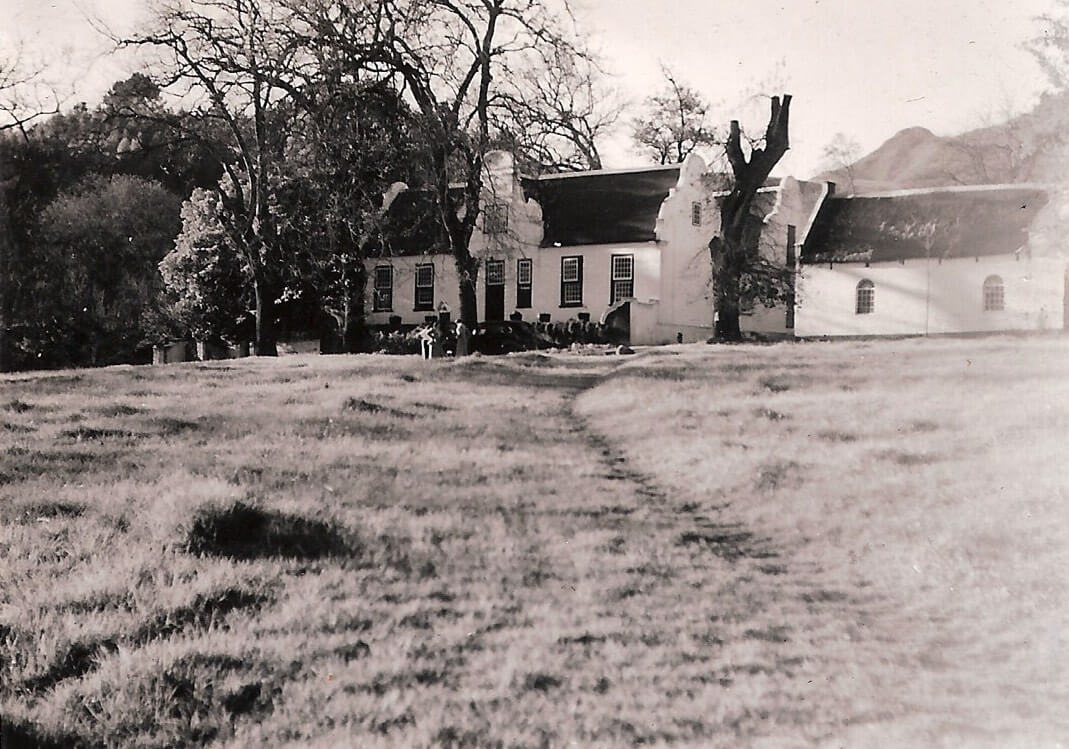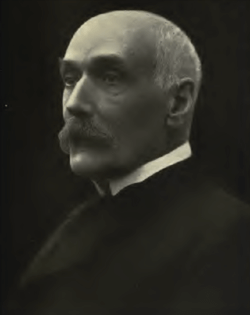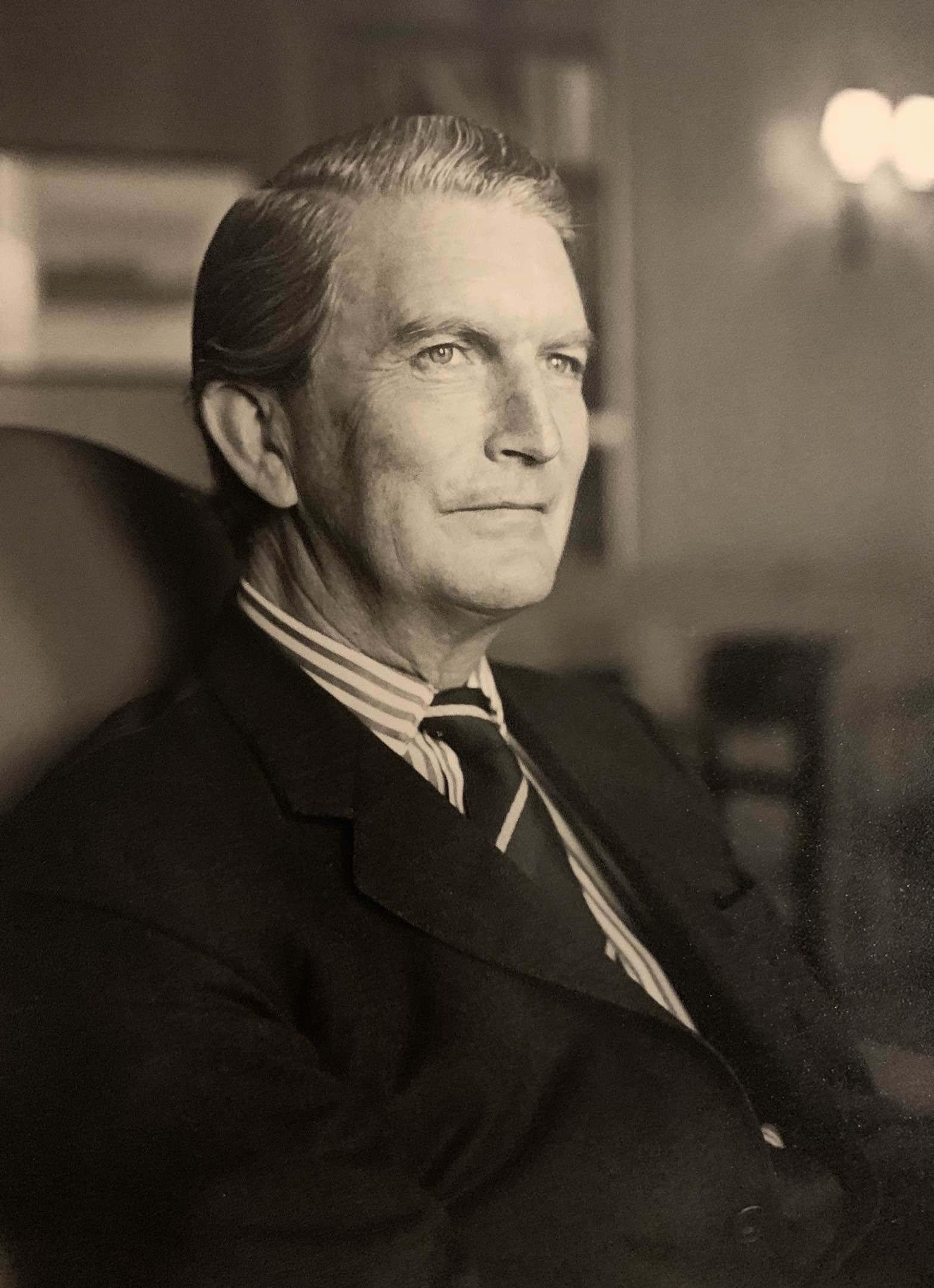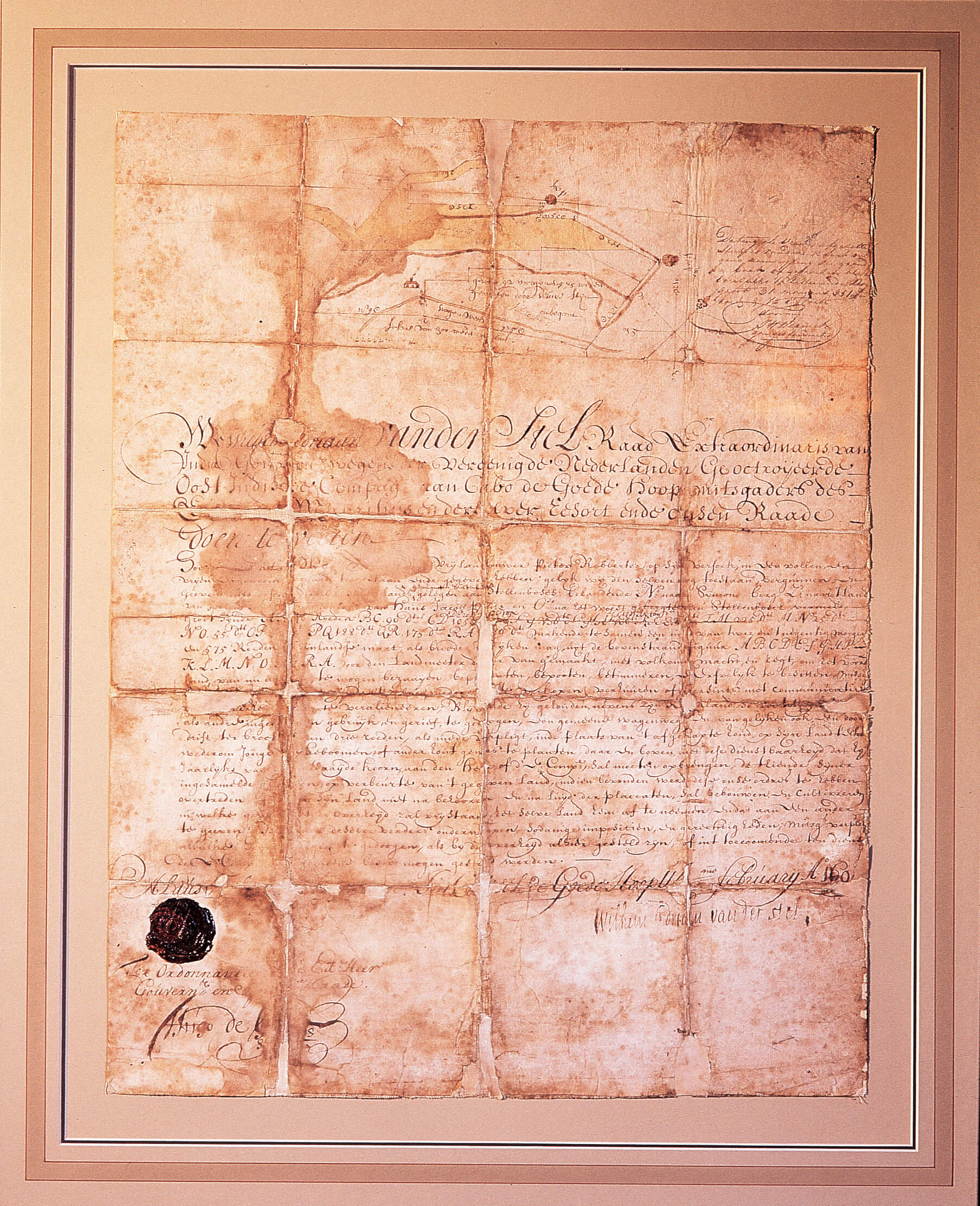Our History
OUR HISTORY
Rustenberg has a wine-growing history dating back to 1682, when Roelof Pasman from Meurs, near the Rhine, recognised its wine-growing potential. By 1781 some 3000 cases of wine were produced on the farm. Production doubled by the end of the century and a new cellar was built. Wine has been bottled at this cellar for an unbroken period since 1892.
In the early 1800s Rustenberg was divided by owner Jacob Eksteen and a section was given to his son-in-law, who named it Schoongezicht and sold it soon after. Rustenberg and Schoongezicht were at their peak around 1812, with beautiful homesteads and flourishing vineyards. But by mid-century, recession coupled with disease in the vines, brought bankruptcy and dispossession.
Schoongezicht was rescued in 1892 by John X Merriman (who was to become Prime Minister of the Cape), and Rustenberg by his brother-in-law Sir Jacob Barry. Together they revitalised the farms. Fruit was sent to Covent Garden; new vines were grafted onto disease-resistant American rootstock; wines were exported to England and the Continent – and even found in Siberia.
In 1941 Peter and Pamela Barlow bought Rustenberg, later acquiring Schoongezicht and reuniting the properties. Their son Simon took over the running of the farm in 1987. Simon’s son, Murray, joined in the running of the farm with his father in 2012. The Barlows have been at Rustenberg for over 80 years: the longest period any one family has owned the farm.
RUSTENBERG’S HISTORY
1682
Rustenberg granted to Roelof Pasman, a German from Meurs near the Rhine. He names the farm “Rustenburg” after his home hamlet, later changed to “Rustenberg”.
1691
In 1691, Roelof Pasman had planted 5,000 vines, marking significant progress in establishing a thriving vineyard. It is likely that within a few years, wine was being produced from these vines, beginning a long tradition of winemaking.
1810
Rustenberg is divided by Jakob Eksteen into two independent properties, Rustenberg and Schoongezicht. Rustenberg is sold to JA van der Byl, and Schoongezicht given to Jakob Eksteen’s daughter and son-in-law, Andre Brink, who sells it the next year to Hendrik Cloete. Cloete is Van Der Byl’s brother-in-law and Cloete’s grandfather of the same name owned Groot Constantia.
1892
John X Merriman (who became the last Prime Minister of the Cape) buys Schoongezicht and his brother-in-law, John Barry, buys Rustenberg. Together they revitalise the farms and replace Phylloxera-virused vineyards with virus resistant root stocks. Wine is produced on the farms for an unbroken period from this year.
1941
Peter Barlow buys Rustenberg, after he is granted leave from his WWII army unit to buy the farm. While on leave buying the farm, Peter’s army unit is captured and made prisoners of war.
1945
Peter Barlow buys Schoongezicht farm and reunites the properties. Red wine was sold under the “Rustenberg” Label and white wine under the “Schoongezicht” Label. Pamela continues the running of the farm after Peter’s passing in 1975.
1987
Peter’s son, Simon, takes over the running of the farm with his wife Rozanne. Simon revitalizes the property, building a new winery and replanting many of the vineyards. Rozanne focuses on the estate, transforming the run-down Schoongezicht Manor House Garden into a world-class garden experience.
2004
Rustenberg farm, as part of Ida’s Valley, is declared a Grade 1 National Heritage Site.
2012
Simon’s son, Murray, returns from studying his masters in oenology in Australia and joins Simon in the family business. Murray is later awarded the Diner’s Club Young Winemaker of the Year award in 2015 and 2017, the only person to do so twice.
2015
Rustenberg Awarded Most Successful Producer of the Year at the Old Mutual Trophy Wine Awards. Murray’s wife, Tammy, joins the family business.
2021
Barlows have owned and run Rustenberg for 80 years, the longest any one family has been custodian of the estate.
Download Full Timeline
READ MORE ABOUT OUR STORY
The Barlow Family




